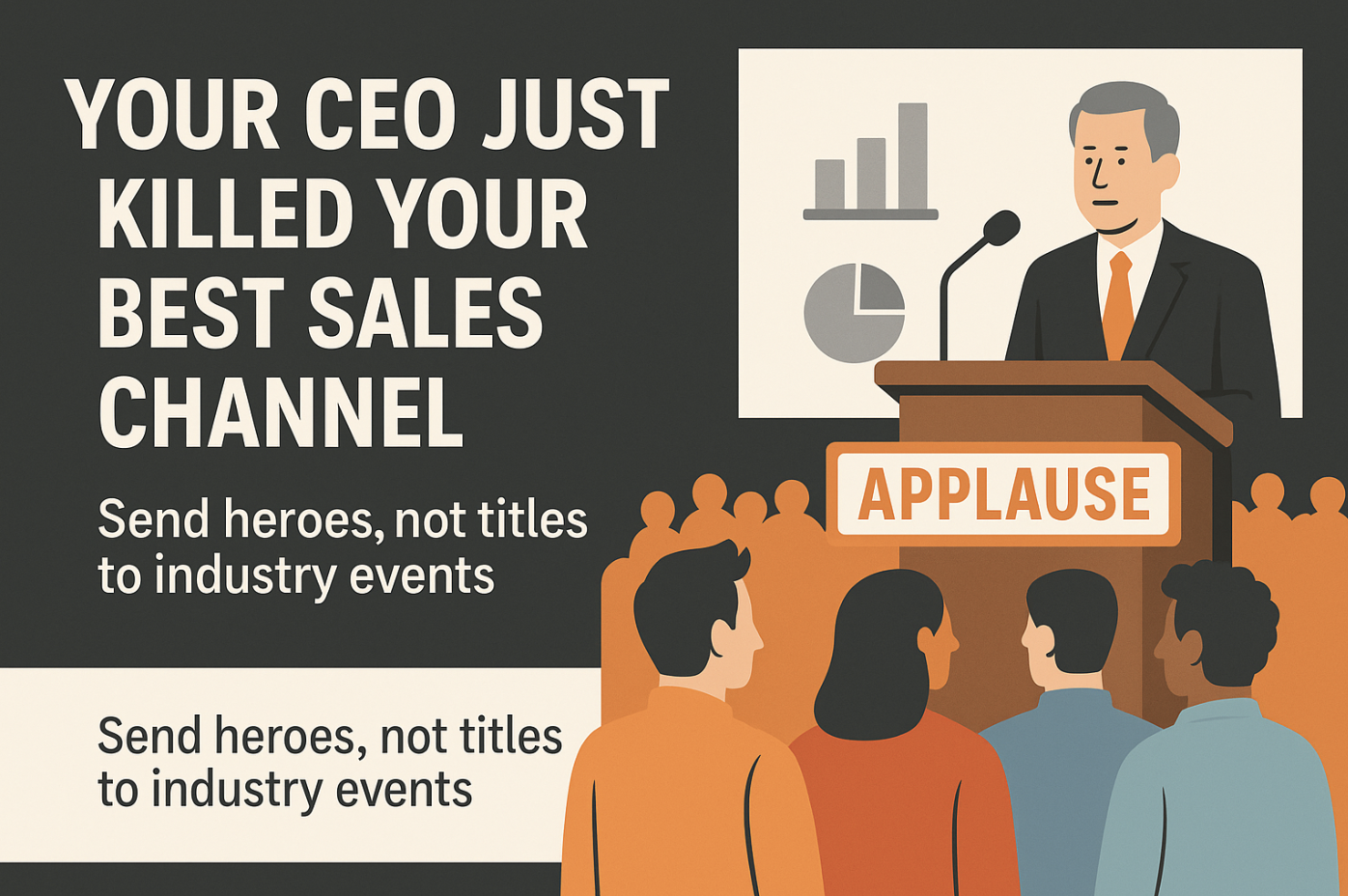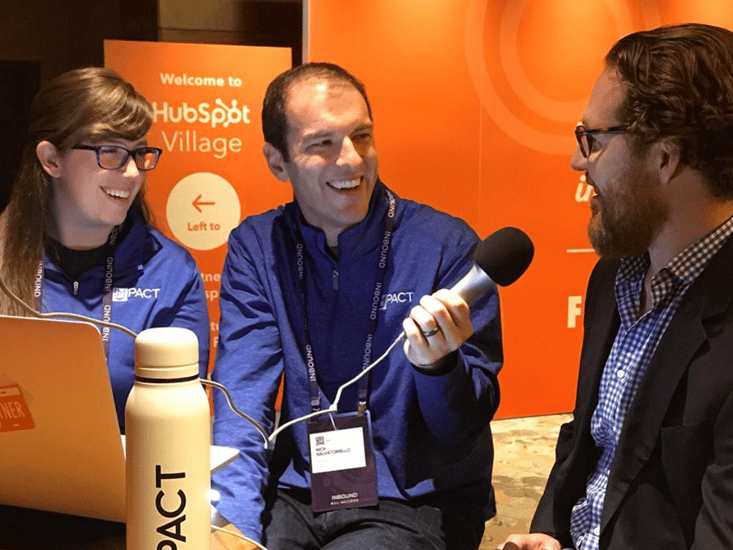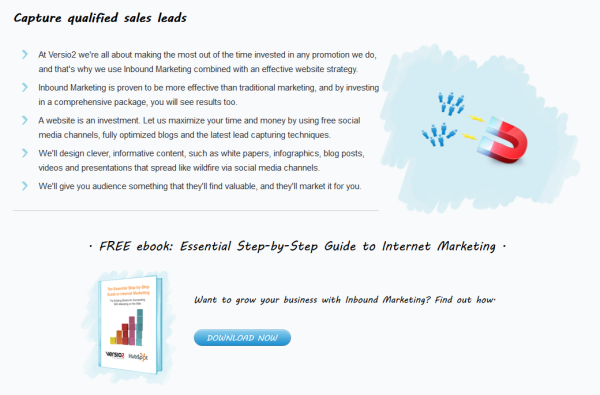Your CEO Just Killed Your Best Sales Channel

Most companies are sabotaging their pipeline generating opportunities in the field by defaulting to sending CEOs or VPs to speak at industry events. They just send the biggest title, most impressive credentials, and they deliver a standard corporate presentation.
The audience politely applauds. Then? Nothing. Few leads, 1-2 deals added to pipe, low impact. …and finger pointing at the field events team.
Meanwhile, companies have been proving out a different approach that is pulling better returns from their speaking engagement events. And they're turning virtual events into revenue machines that directly impact 72% of marketers' pipelines.
The difference? They stopped sending titles to speak and started sending heroes.
Why Your Best Speakers Aren't in the C-Suite
The legacy approach treats speaking engagements like corporate PR. Find the biggest title, book the stage, deliver the pitch.
This strategy assumes your most senior person is your most compelling speaker for the audience to hear from. Experience shows otherwise.
These people have something C-suite executives often lack: relatability. When inspiring action, you need speakers who mirror your audience. Someone who faced the same challenges, worked with limited resources, and achieved measurable results.
At HubSpot Academy, our featuring actual platform users instead of executives consistently generated the highest feedback scores. Users saw themselves in these speakers and wanted to replicate their success.
HubSpot's annual INBOUND conference takes this further. Instead of filling stages with executives, they feature customers, partners, and practitioners (like myself) telling real implementation stories. Is it any surprise then that INBOUND has become one of the most attended marketing conferences globally, driving massive pipeline year after year?
The Brand Evangelist Audit
Finding your hidden speakers means looking beyond titles.
Start with scouting for those with the natural ability to engage others in gatherings. Who commands attention in meetings? Who gets nominated as project spokesperson? Who naturally draws people into conversations?
Look also for communication diversity. Your best speakers work in customer-facing roles—account managers, salespeople, customer success teams communicating daily in multiple formats.
Tech comfort matters. Speaking involves production elements. Find people comfortable with webinars, event organization, or supporting culture initiatives (both remotely and in-person).
Most importantly? Survey your organization for nominees. Ask who has compelling stories, wants to speak to customers, or is interested in participating in events. The people who raise their hands see value in broader communication opportunities.

The Vetting Call That Changes Everything
Once you've identified potential speakers, I like to run them through a mini-audition.
Schedule a conversation. Ask them to share their story or walk through a customer success case study.
Watch how they show up. Are they prepared? Is their tech setup professional? Do they organize thoughts clearly without stumbling?
This 15-minute call reveals whether someone can deliver compelling content to a real audience.
The Production Process That Drives Revenue
Start with drafting a detailed brief for your next speaking event before vetting anyone. Document your event objective, target audience, key message, desired interaction, and specific ROI goals.
This briefing exercise and document becomes your foundation. When vetting speakers, determine if they fit the story your brief requires.
Once you've matched the speaker to your brief, involve your creative team. Build visually compelling presentations showcasing your speaker's expertise within your messaging framework. This will pump up your speaker and make them feel as confident as your C-Suite when repping you.
Schedule rehearsals and dry runs for these people. Sometimes pre-record speaker segments to play live during events, followed by live Q&A sessions.
Ultimately, the key here is to treat each speaking engagement as a complete production with clear objectives, not just someone talking on stage.
The Numbers That Prove This Strategy Works
When I was running Partnerships & Strategic Alliances at 2X, we sponsored 6sense’s annual Breakthrough conference, which included our own breakout session. Instead of just sending an executive, our CEO and I decided to feature a successful client using both the 6sense platform and the 2X marketing-as-a-service solution.
I spent weeks coaching this customer to tell their story in a way that both 6sense and their customers would appreciate—complete with integrated account-based marketing campaigns, custom dashboards, unique differentiators.
The result? Three major client opportunities came to us directly from that session. When prospects explained why they chose us, they cited that breakout session and the credibility of hearing a peer's success story.
The contract value of those deals was worth five times our event investment.
Here’s another example: For an SEO agency that hired me to help them with building referral partnerships, we created a webinar featuring their first successful referral partner—a PPC agency explaining their mutual referral relationship and why it worked.
Fifty agencies attended. Twelve requested partnership conversations. Three actively referred business within 90 days.
The agency called it their most professional webinar and greatest pipeline generation from content marketing ever. So, this can work, for organizations large and small!
Virtual Events as Your Overlooked Revenue Stream
Virtual events deliver 2.8 times higher ROI than physical events while reaching larger audiences at lower costs. Pretty compelling.
This is because it’s just more cost effective to host customer town halls, partner showcases, or industry roundtables from your office. Record sessions for ongoing content marketing. Generate leads through registration and follow-up sequences.
Virtual formats enable intimate storytelling and direct audience interaction through chat, polls, and breakout sessions.
A vendor in the space I really respect, Goldcast, built their entire go-to-market strategy around this. They host regular virtual events showcasing customer success stories and best practices. Their own events become proof of concept, turning attendees into qualified leads who've already experienced the product value.
Your LinkedIn Speaking Strategy
80% of B2B social media leads come from LinkedIn, making it your primary platform for connecting with event organizers and conference hosts.
I suggest you start by hosting your own content. Launch a podcast or interview series featuring your contacts in the industry (like I did). This positions you as a content creator while building relationships with potential speaking partners.
Attend major industry events as an active participant. Engage with content, ask thoughtful questions, connect with organizers.
Create recap posts analyzing what worked at events you attended. This demonstrates your understanding of event strategy while showcasing expertise to other organizers. Here’s an example I did after attending #Eventastic this year.
Share clips from your own interviews and presentations. This gives you real content when reaching out to new event organizers.
Check out my own LinkedIn presence as an example. I regularly share event recaps, podcast clips, and behind-the-scenes content. When event organizers check my profile, they see proof I'm actively hosting conversations, analyzing what works in events, and building relationships with practitioners.
Starting From Zero Tomorrow Morning
If you're starting without speaking opportunities to work with, follow the best practitioners in your industry who are getting stage-time.
Study organizations already putting customers and partners in the spotlight. See what they're doing, get inspired, build your own version.
Build your micro-audience from your existing network. Gather customers, prospects, colleagues, and employees into a newsletter list or LinkedIn following.
Publish helpful tips regularly. Host your own small virtual gatherings—team science fairs, customer town halls, informal Zoom discussions.
Practice being a host. Organize a more dynamic team meeting or host a dinner party. These skills translate directly to larger speaking opportunities.
Remember: the person hosting events becomes the thought leader in their industry. If you're not hosting, someone else is setting the agenda.
Be the best follower first. Support other thought leaders, then invite them to speak at your events. This builds relationships while establishing your platform.
The Speaking Revenue Machine You Can Build
Speaking engagements work as revenue generators when you treat them like strategic business development tools.
Focus on education over promotion. Share real knowledge, customer success stories, and industry insights that help your audience solve actual problems.
Feature speakers who represent your audience rather than your corporate hierarchy. Stories from peers carry more weight than pitches from executives.
Invest in production quality. Professional presentations, clear audio, engaging visuals, and structured content delivery separate forgettable talks from revenue-generating experiences.
I’m sure this goes without saying, but bears reminding - Measure everything. Track registrations, attendance, engagement, follow-up conversations, and pipeline generation. Speaking investments should produce measurable business outcomes.
Take it from me - start small but start now. Your next customer success story could become your most powerful sales tool when delivered by the right speaker to the right audience.
The companies generating 5X returns from speaking engagements aren't using different technology or bigger budgets.
They're just DONE sending boring speakers to boring events and are READY to make their customers the heroes and storytellers for their businesses and the audiences they serve

